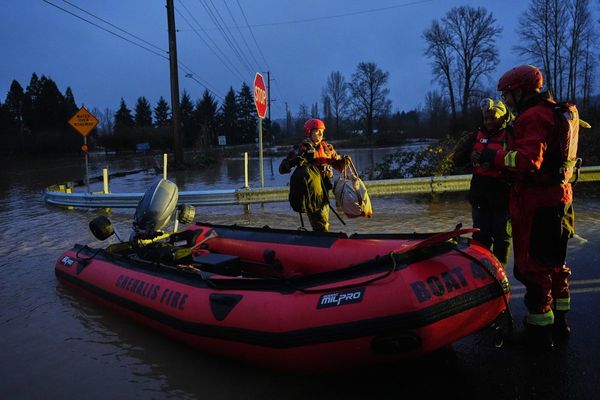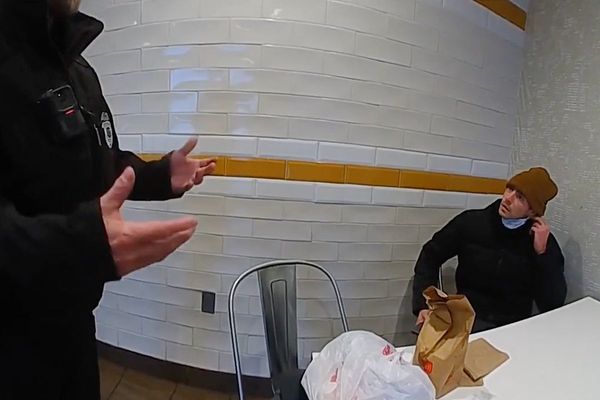
In College Football 26, there will be an abundance of different defensive coverages that you will have to counter on offense. Though there are a multitude of different coverage packages out there, you will mostly be exposed to four: Cover 1, Cover 2, Cover 3, and Cover 4. For anyone unfamiliar with American football lingo, Covers 1-4 basically describe how much protection there is down the field. The topic of this piece is Cover 1, so we’ll describe that, which in turn should help you understand the others.
In a nutshell, Cover 1 refers to any kind of defensive coverage where receivers are being guarded man-to-man, while only one safety covers the open space downfield. From a defensive perspective, this is to put added pressure on receivers while having a safety net (see what I did there?) to cover the space in the open field. You’ll mostly see it when defenses anticipate a running play.
So, what’s the best way to counter the Cover 1 and exploit it in the passing game? Here are the best route combos against Cover 1 in College Football 26. Mind you, none of these are foolproof, and some defenses will be better than others when it comes to man-on-man coverage. But, if you want to give yourself a shot, these are the ways to do it.
Deep Crossers Are Effective Against Cover 1

One of the most effective ways to counter Cover 1 is to have deep crossing routes. If you have a three-receiver set with at least one on either side of the offensive line, the best course of action is to hot route them — essentially changing both of their routes to cross each other down the field. At some point, the deep safety is going to have to pick one to cover once they cross in front of him. And this will create a mismatch, depending on how well the man coverage is holding up.
If you are in a running play pre-snap, the best thing to do is to audible into any passing play that involves vertical runs, then change the individual routes.
Offset Vertical Routes With Curls

Deep crossers are good for when you’re looking for a splash play that results in big yardage. But, as I pointed out before, that largely depends on whether or not the man coverage holds up down the field. If you’re looking to be a bit more conservative, then offsetting a vertical route with a curler can catch out a Cover 1.
This is done by instructing one wide receiver to run a deep vertical route while another wide receiver runs about 10 yards, comes to a complete stop, and turns around. Because the deep safety is acting as insurance to prevent a deep throw downfield, they will typically pick up a deep route, leaving the shorter ones to man coverage.
In this situation, target the receiver on the curler and try to get some quick yardage. More often than not, this sets up short-yardage situations or can even be turned into ticky-tacky first downs.
Mesh Routes Are A CFB Favorite Against Cover 1

Let’s say you want to avoid trickery or misdirection when it comes to combating Cover 1. Well, this is where mesh routes come in. To the uninitiated, mesh plays are designed around shallow receiver routes that intersect with one another. Occasionally, they set up longer routes, but they are mostly used for quick plays.
A popular play choice in College Football 25 was the Mesh Rail in both the Ohio State and Florida State playbooks, and this year is no different. Instead of challenging the lone safety, mesh plays allow you to play underneath them and give receivers some space to potentially break out for big yardage.







